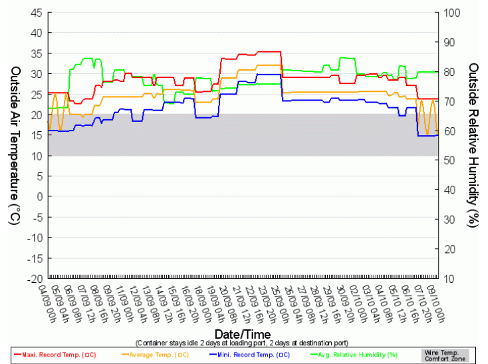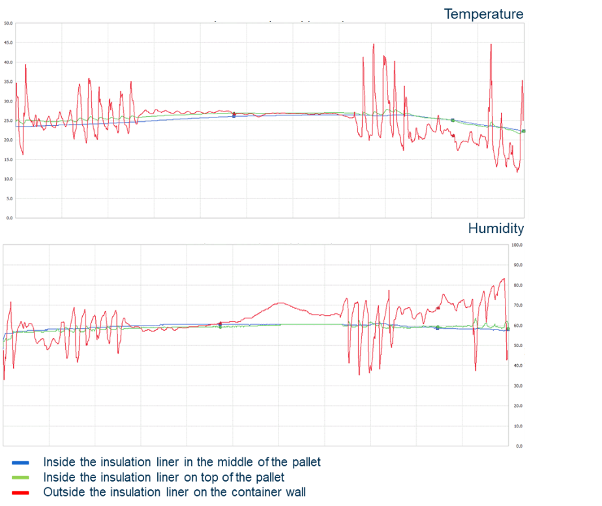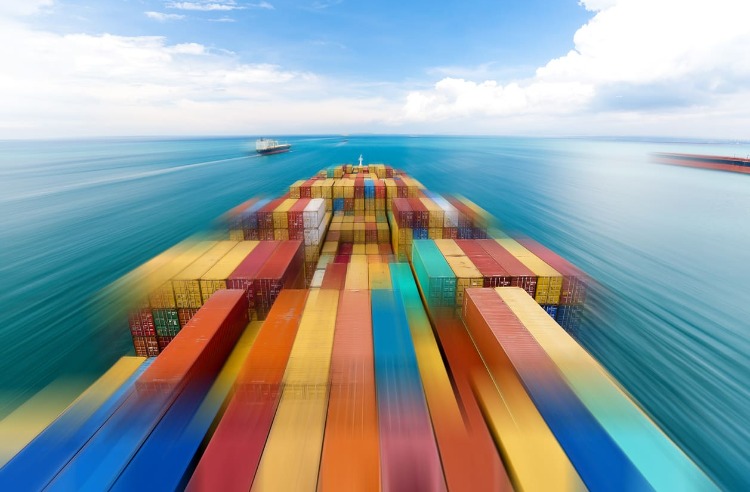Ensure your customer enjoys the wine you crafted
Challenge
Pietro is a passionate winemaker in Taurasi, a town in Campania, South Italy. He grows grapes on his own 15-hectare vineyard where he picks the Aglianico grape variety as late as November. He crafts his wines combining modern and traditional winemaking techniques to ensure they are a true expression of the variety and the terroir. As a result, his wines are unique and recognized in several countries.
A Brazilian wine importer tasted and immediately loved Pietro’s wines and consequently bought them so that the Brazilian wine lovers could enjoy them as well. However, Pietro was concerned about the risks during transportation if they were not properly protected during shipment. To reach their destination, his wines needed to cross the equator with high temperature and humidity, which could potentially ruin the wines’ unique character.
Assessing the risk
The winery contacted Hillebrand in Italy to enquire about the thermal risks en route and possible ways to protect the wines. Thanks to Hillebrand’s global temperature prediction database, which combines historical meteorological data in more than 110,000 sea-shipping routes, data predictions on temperature and humidity levels could be assessed when shipped during the month of September.

Hillebrand’s database showed that the wines would face temperature above the comfort zone (+20ºC) during 28 of the 35 days of the estimated journey.
A temperature-controlled container could ship the wines at a constant temperature. However, at that time, South Italian ports faced shortages. Additionally, the wine importer was looking for an environmental friendly solution. Even though a temperature-controlled container offers the best guarantee, its C02 emissions are 30% higher than a dry container.
Hillebrand’s insulation liner is a cost effective and more sustainable option to protect the wines from humidity and thermal shocks as well as unwanted smells and cross contamination.
Hillebrand shared with Pietro the temperature monitoring results from a previous test done in the same trade lane. With a data logger, Hillebrand measured the temperature and humidity levels both outside and inside the insulation liner, showing clear evidence of the risk of shipping wines without optimum protection.

Outside the insulation liner, temperatures reached peaks of nearly 50ºC/120ºF and was exposed to +30ºC during half of the journey. At this heat level, wines can suffer premature aging, change its color (browning), lose its freshness and become flat on the palate with an unpleasant sour taste.
On the other hand, humidity levels oscilated from 40% to nearly 80% with the subsequent risk of volume expansion, which may ultimately affect corks, labels and cause leakage.
The Hillebrand insulation liner eliminated 80% to 90% of thermal shocks in such a way that the air temperature changed only nominally (20-24ºC/68-76ºF) with a humidity of 60%, a percentage that is shown to preserve the wine quality.
Solution
The wine importer contracted the freight forwarding services including Hillebrand’s insulation liner together with an insurance for his complete peace of mind.
Hillebrand advised the winery to load the wines at a temperature of 15ºC/59ºF, as the Hillebrand insulation liner reduces temperature increase to an average of 8-11ºC / 46-51ºF compared to the loading temperature, which guarantees the protection of the wines in transit for more than 40 days.
The wines reached Sao Paolo by the end of October, and the tasting done by the importer revealed that the quality was preserved during transportation. Additionally, the C02 emissions were 23% lower than using a temperature-controlled container.
Ready to have a partner that can guarantee that the essence of your wines will safely reach your consumer’s table?
-ebook-1---global-freight-forwarding/hil---cta-text-1---ebook-global-freight-forwarding-(1).png?sfvrsn=a2292c3e_3)
-ebook-1---global-freight-forwarding/hil---cta-post---yellow.jpg?sfvrsn=5e55bfc5_2)



